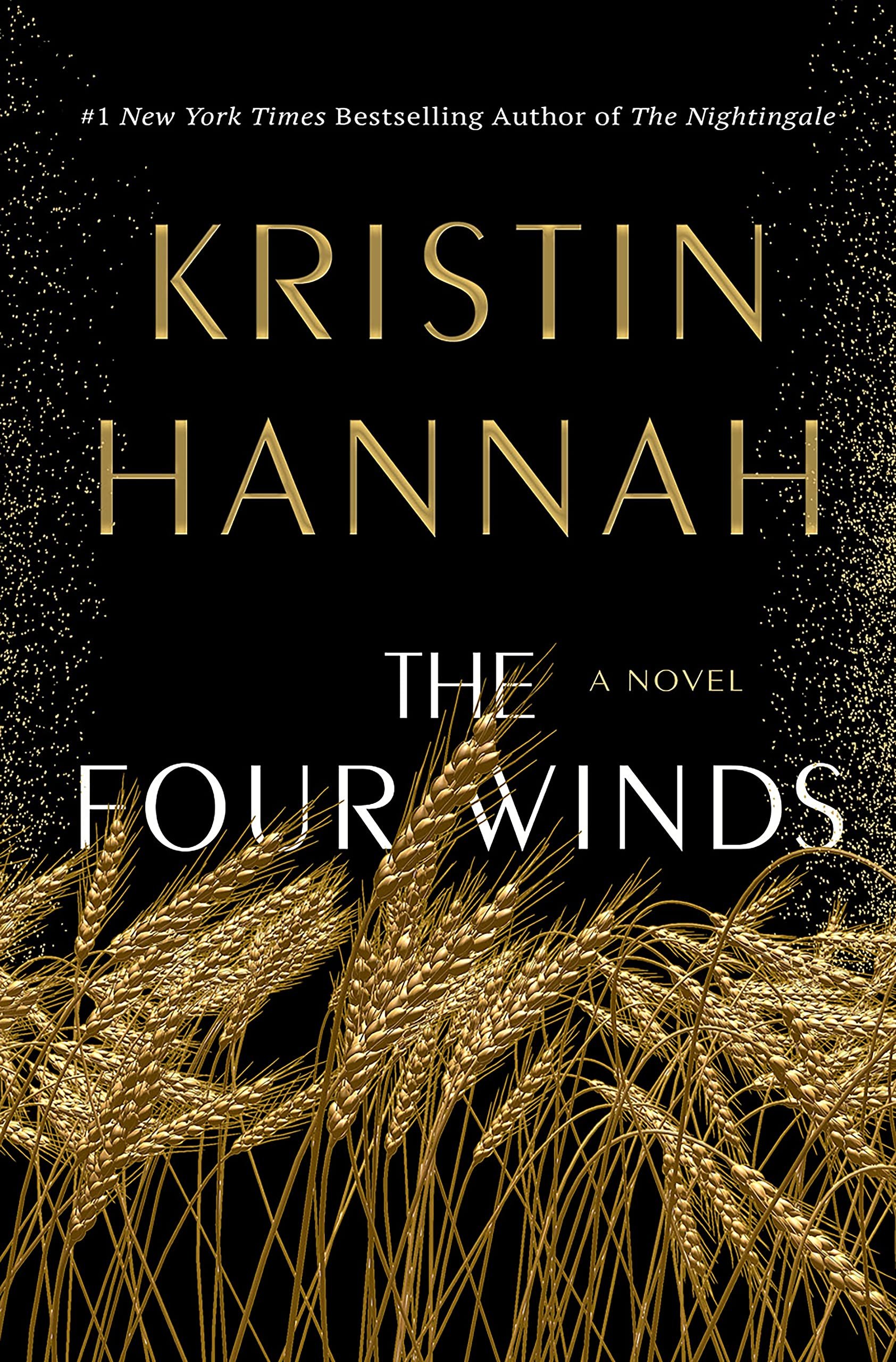The Four Winds
The Four Winds
By: Kristin Hannah
“The four winds have blown us here, people from all across the country, to the very edge of this great land, and now, at last, we make our stand, fight for what we know to be right. We fight for our American dream, that it will be possible again.”
Set during the Dust Bowl and The Great Depression, this is the story of hardship, resilience, motherhood, and bravery.
It’s a long book that, though reads fast, is boring at times. The last 40 pages kinda saves the book.
It was really interesting learning more about these historical events— I might have to watch Ken Burns’ documentary on it now.
But I agree with some other reviewers that, as a Goodreads Choice Award Winner, it didn’t quite live up to the hype.
The Plot
Our protagonist is Elsa. Growing up, she is unloved by her own family.
“A flower closed up tightly, waiting for the sunlight to fall on furled petals, desperate to bloom.”
She meets Rafe, feels seen, and in one night of rebellion and impulse, she is kicked out of her home and forced to begin her family on Rafe’s family farm. She comes into her own and learns to love working the land.
Her two children, Loreda and Ant, provide her with the love she’s always wanted.
Until the Great Depression hits.
Rafe abandons them. Teenage Loreda is angry, obstinate, and blames everything on her mom. The land is dying, and Ant develops dust pneumonia. Elsa must figure out how to survive, keep her family together, and pray for love once more.
“It was only possible to live without love when you’d never known it.”
Throughout the book we follow the arc of how the ongoing hardships shape and develop Elsa and Loreda as women and in their relationship with one another.
What Resonated
I connected with Elsa as a mother. The sacrifices you make for your children. The desire to give them all they want. The anger when other kids treat your kids poorly. What you feel when you know there’s nothing you can do about it.
I can’t imagine what it was like for mothers (or anyone) to live through that time.
I loved this quote:
“A warrior believes in an end she can’t see and fights for it. A warrior never gives up. A warrior fights for those weaker than herself. It sounds like motherhood to me.”
Mothers are warriors and what we do for our families is so important. (Read Eve in Exile for a non-fiction bolstering of women)
Another reviewer pointed this out and I never really reflected on it before, but all the other Kristin Hannah books I’ve read (The Nightingale, Night Road, The Great Alone) explore the hardships faced by mothers and the strength, sacrifice, and resilience they have through them, or of the bond mothers have with their children.
I think that’s the thread that connects me most with Hannah’s books. Thinking about motherhood.
The other thread is the historical fiction aspect that teaches me things about other times. That was strong in this book. I didn’t know much about this era. But it led to a lot of googling and a discussion with my economics-minded husband about unions and capitalism.
This story also made me think about the Covid-19 pandemic. Many people lost their jobs, certain commodities were scarce. But the landscape today is so much different than the 1930s. We have better transportation, more options for jobs, food, and shelter, and better government aid.
It puts things in perspective a little bit. And helped me think about people who are stuck in poverty.
Communism and socialism are not plausible ways to run a country, but during the Great Depression, I can understand why the concepts were attractive to people trapped in the cycle of poverty during a time of economic collapse in the US.
Big companies and growers were taking advantage of the people who were desperate for jobs and money and created a system that prevented them from escaping their lot. By fighting to establish unions, the ‘communists’ forced the big companies to take better care of their workers.
This conversation obviously changes in our current economic climate where jobs are in excess, but it was interesting to look at the variables of that time and the outcome it produced. It is a precarious balance of the government stepping in to help people but also incentivizing people to work. No system is ever perfect.
The Rub
Kristin Hannah portrayed the harsh climate and desperation well. At 450 pages, there were definitely times where it felt repetitive. More bad storms. Less food. More loss. More bad storms. More loss. And I wondered if there was going to be any plot movement or good news.
Eventually there was movement, but it took awhile. And then after they finally moved forward we repeat the cycle of hardship, injustice, less food, more loss, bad weather, more loss, more injustice.
As I mentioned, the last 40 pages or so was where Hannah used her signature ‘pulling on the heartstrings’ move. I suppose everything before laid the groundwork for those few moments we’d been waiting for the entire book, but I’m not convinced it was enough.
Recommendation
If you like Kristin Hannah’s other books, you will enjoy this one and the length won’t be an issue for you.
If you are interested in the Great Depression/ Dust Bowl time period, you will enjoy this book.
If you like to read stories about resilient mothers, you will enjoy this book.
If the above statements don’t apply to you then the length and slow parts may not be worth your time for the last few pages.
If you are looking for something more exciting, browse the suspense/thriller link below!
Share this book review to your social media!


